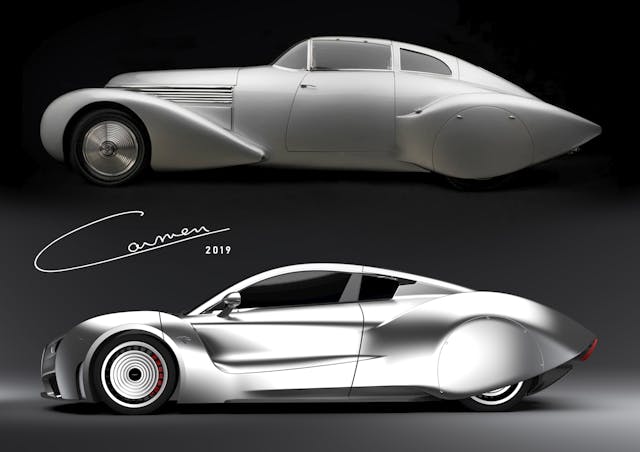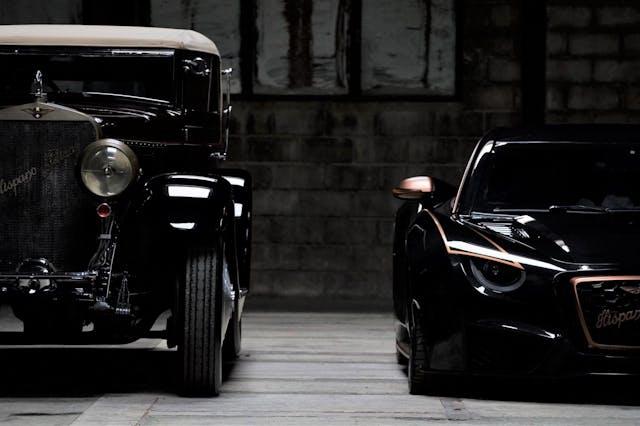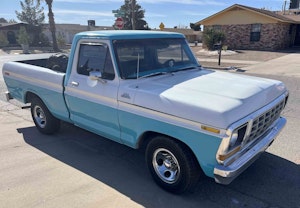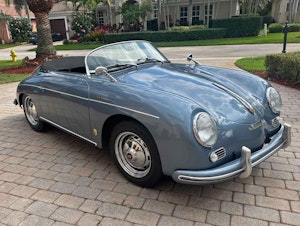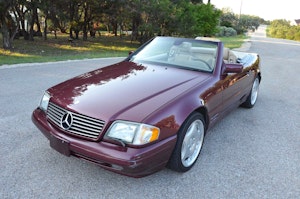Media | Articles
How the kings of countries, pop, fashion, art, and science fell for Hispano Suiza
Storied Spanish car maker Hispano Suiza once seemed to have the world in its hand. Monarchs—from Alfonso XIII of Spain, Gustavo V of Sweden, Carlos II of Romania to Luis II of Monaco—would survey their subjects from the sanctity of these luxurious coachbuilt vehicles. Captains of industry, including André Citröen, would power to business meetings. Fashionistas Coco Chanel and René Lacoste would arrive in style, and Albert Einstein made the intelligent decision to be driven in one. Pop royalty Paul McCartney would rock up to movie premieres in his H6.
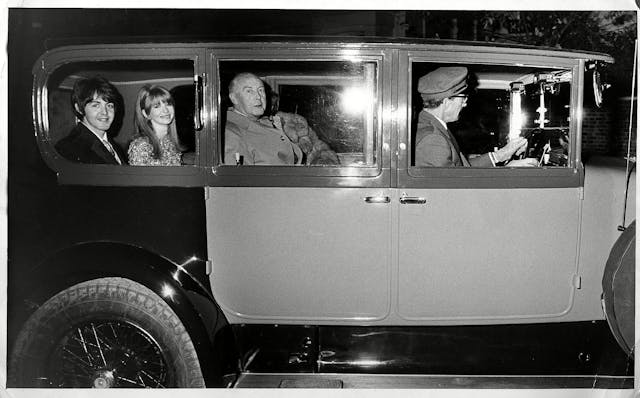
Founded in 1904 by Damián Mateu and Marc Birkigt, the first Hispano Suiza left its Barcelona factory in 1905, powered by a 3.8-liter four-cylinder engine. A year later came the company’s debut six-cylinder engine, which was also the first such motor to be made in Spain. With an impressive 75 horsepower, the car completed the 560-mile Perpignan-Paris route in 22 hours. That may not sound particularly rapid, but considering the roads of 1906 were little more than cart tracks, the world took notice.

Hispano Suiza expanded rapidly, setting up a second factory in France and licensing its designs to car makers in Britain, Italy, and Czechoslovakia. Spain’s King Alfonso XIII was a great advocate and the company honored him by naming its T45 model the “Alfonso XIII.”
During the Great War, Hispano Suiza switched to build V-8 aero engines which powered French and British fighter aircraft. After the hostilities, the company returned to car manufacturing and adopted its Stork motif from an Alsace French fighter squadron. The first car to roll out of the factory wearing it was the H6 in 1919, with a six-cylinder overhead camshaft engine and a top speed of almost 100 mph.
Hispano Suiza’s technology was so advanced that other car makers lined up to license it. Rolls-Royce, for example, used its power braking system for many years.
Marketplace
Buy and sell classics with confidence
Back in Spain the company continued to push ahead with development using the H6B as a platform to build on. In 1932 the Dubonnet Xenia was revealed, making use of coil spring independent suspension. Four years later came a new Dubonnet with sliding doors, sleek aerodynamic bodywork, and a massive 9.5-liter V-12 engine producing 250 hp. It was the ultimate in 1930s luxury and performance and made Hispano Suiza even more desirable to aristocrats, artists, and intelligentsia.
Once more war intervened: first the Spanish Civil War, and then World War II. Again the company switched focus to military supply and its days of luxury car making were over.
In 2019 the name returned on the eclectic electric Carmen and Carmen Boulogne coupes. So far the highest-profile buyer to be revealed is a U.S. mattress mogul, so Hispano Suiza hasn’t reached royalty again just yet.
